Collectors’ corner: Albert Boghossian
Having produced jewellery for several renowned houses, Albert Boghossian established the eponymous high jewellery house with his brother Jean and nephews Roberto and Ralph in Geneva in 2007, becoming its CEO. Sixth-generation Armenian jewellers, the brothers moved from Syria to Lebanon, and then to Europe in the 1970s during the Lebanese Civil War. They established business bases in Geneva and Antwerp in the 1970s and created the Boghossian Foundation in Brussels in 1992. It is housed in the now fully restored Villa Empain, an art deco architectural masterpiece by Swiss architect Michel Polak. Here, Albert lifts the lid on his personal treasure-trove of jewelled objects:
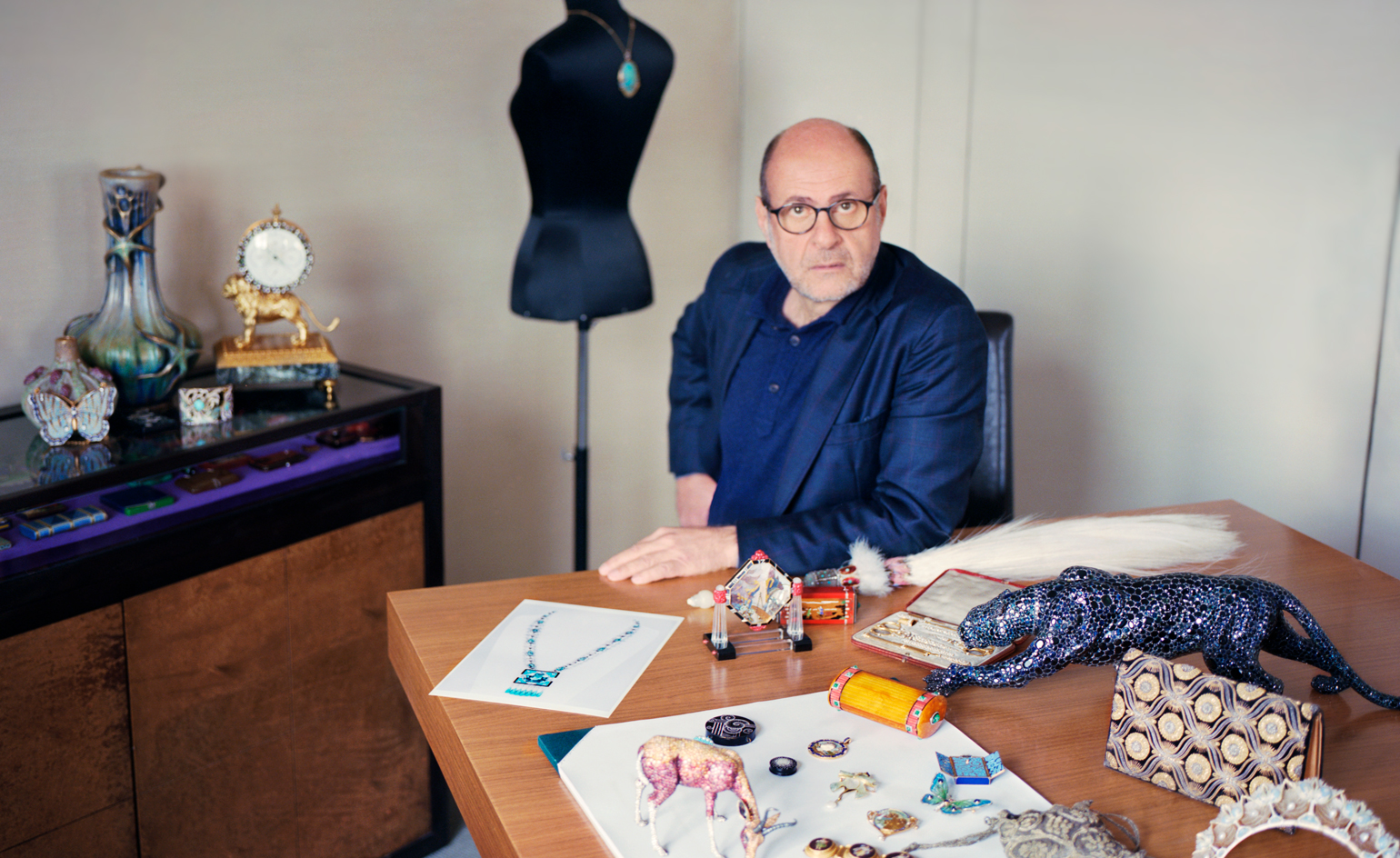
Albert Boghossian in his Geneva office, with pieces from his collection, including an Egyptian turquoise pendant, eggshell boxes by French artist Jean Dunand, and a 17th-century English gold and silver purse.
A version of this article originally appeared in the Precious Index, our watches and jewellery supplement (see W*230) Photography: Gabby Laurent
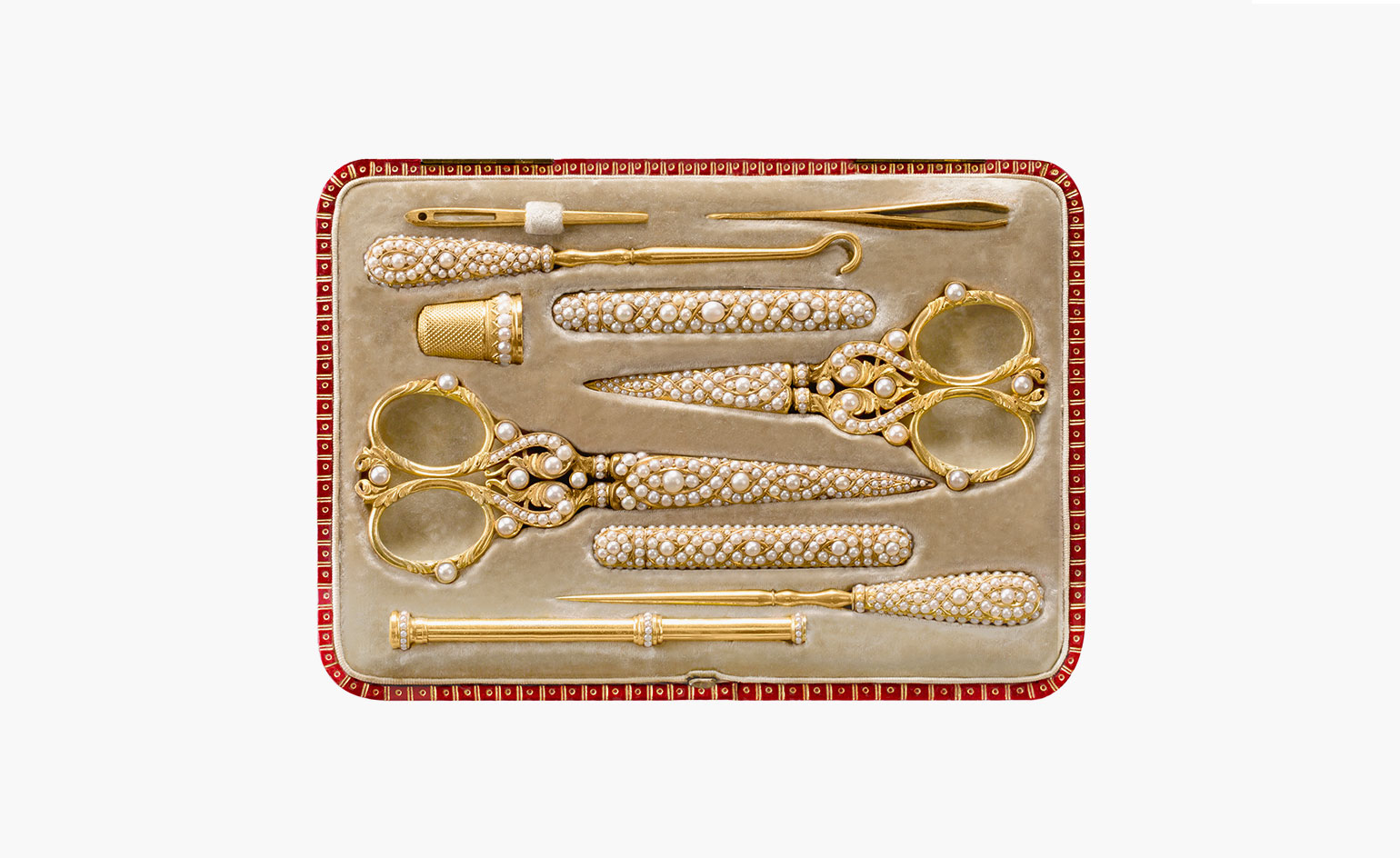
‘My family and its generations have forever been on the move. We come from a merchant industry – always buying, selling, adding, reducing. I grew up watching my grandfather and father collecting – in silver, jade and gold.' – Albert Boghossian
Antique sewing set in gold and pearls, circa 1850. Photography: Jessica Ruch

'Not everything I collect is beautiful – but the workmanship is exceptional.’ – AB
Etui in amber, coral, enamel and diamonds, circa 1920, by Cartier
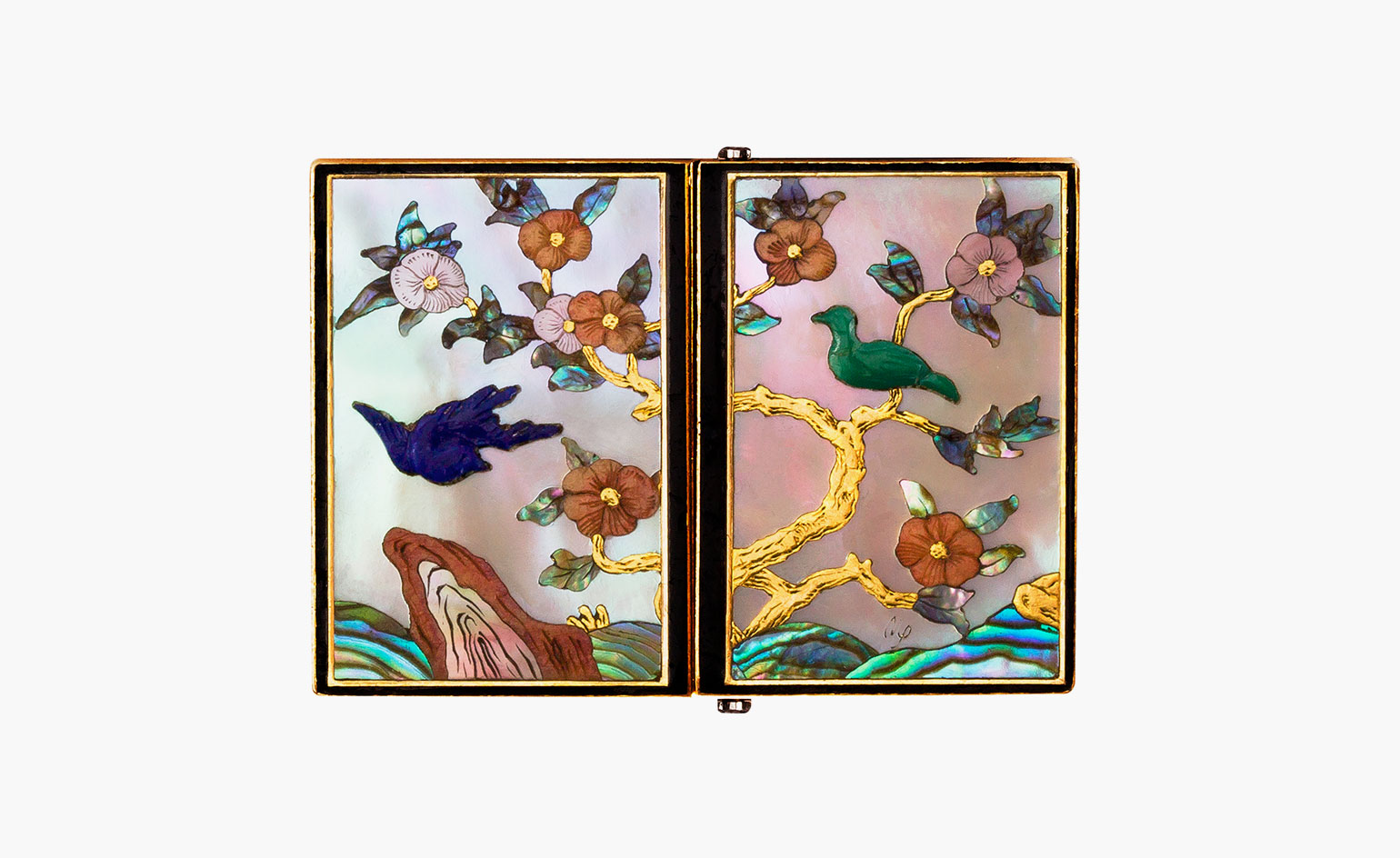
‘My desire to collect is linked to the history and nature of Armenian culture, of being on the move and becoming integrated with other cultures.’ – AB
Small gold box with mother of pearl, 1925, by Janesich
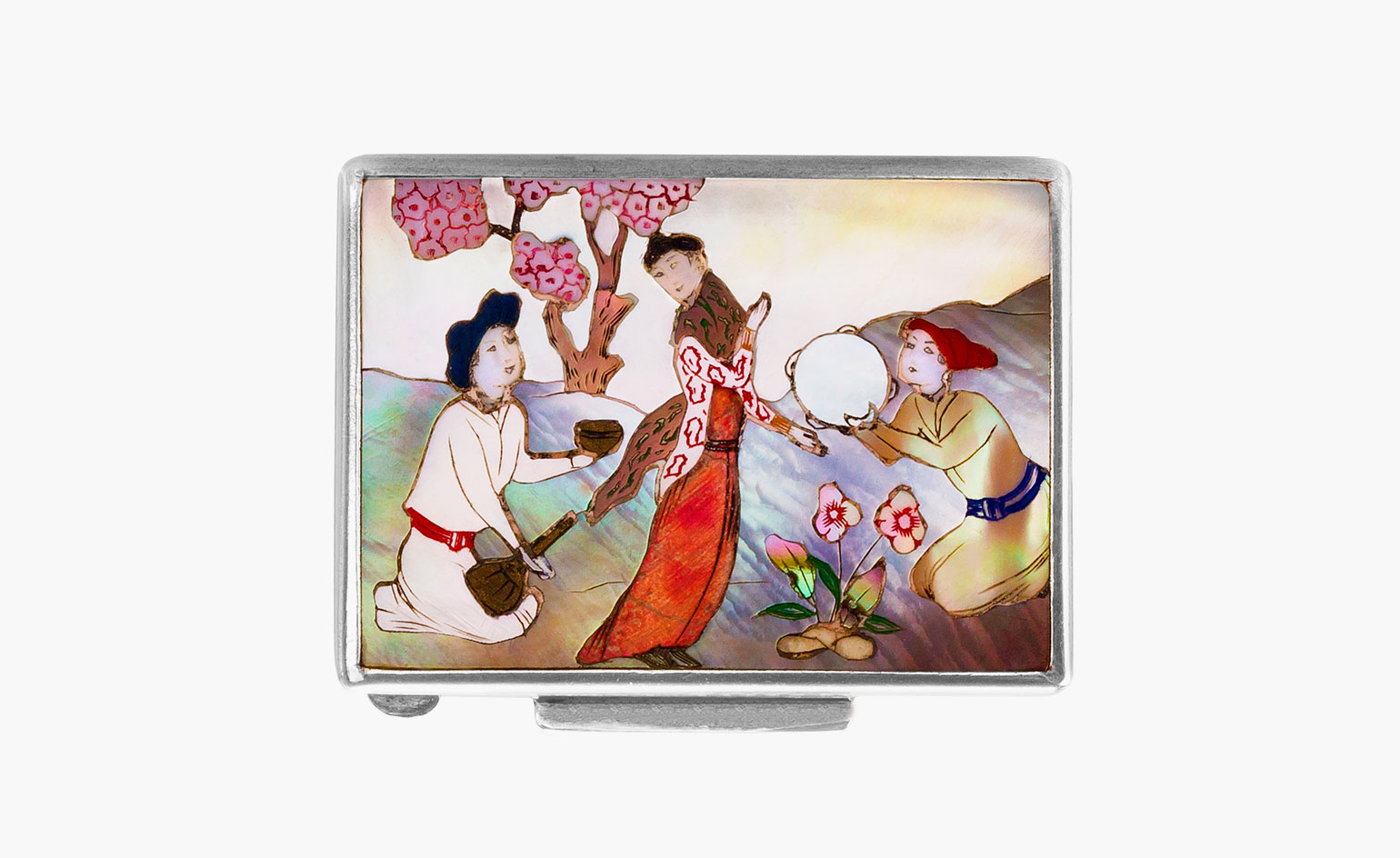
‘My collection is a voyage. Collecting is my own way of travelling. It takes me around the civilisation of where a piece originated from.’ – AB
Chinese box in silver, with mother of pearl, circa 1940
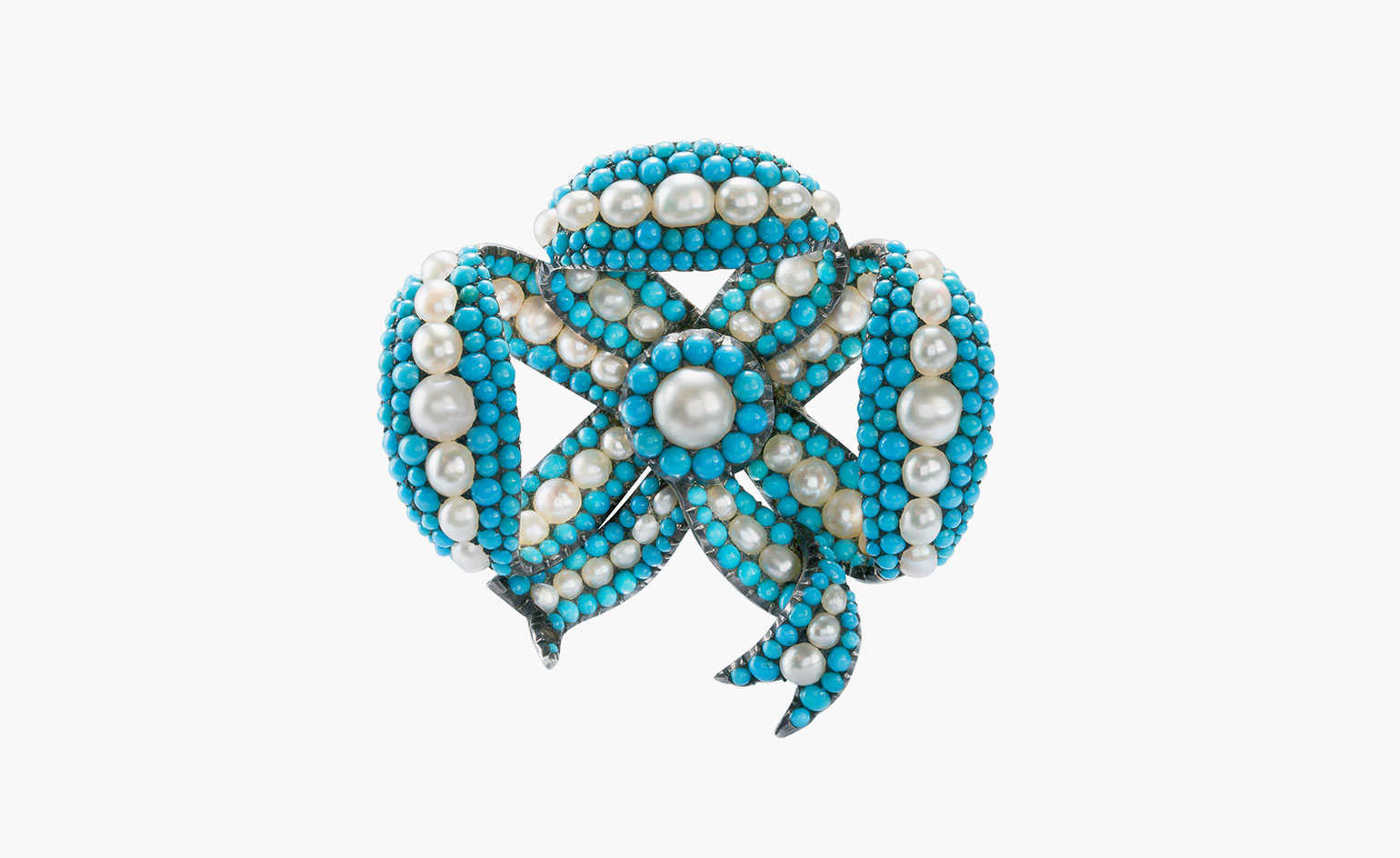
‘Our very long family history of artisanship makes us very sensitive to handwork of the artisan.’ – AB
Antique bow brooch in 14 ct-gold and silver with turquoise and split pearls, circa 1880
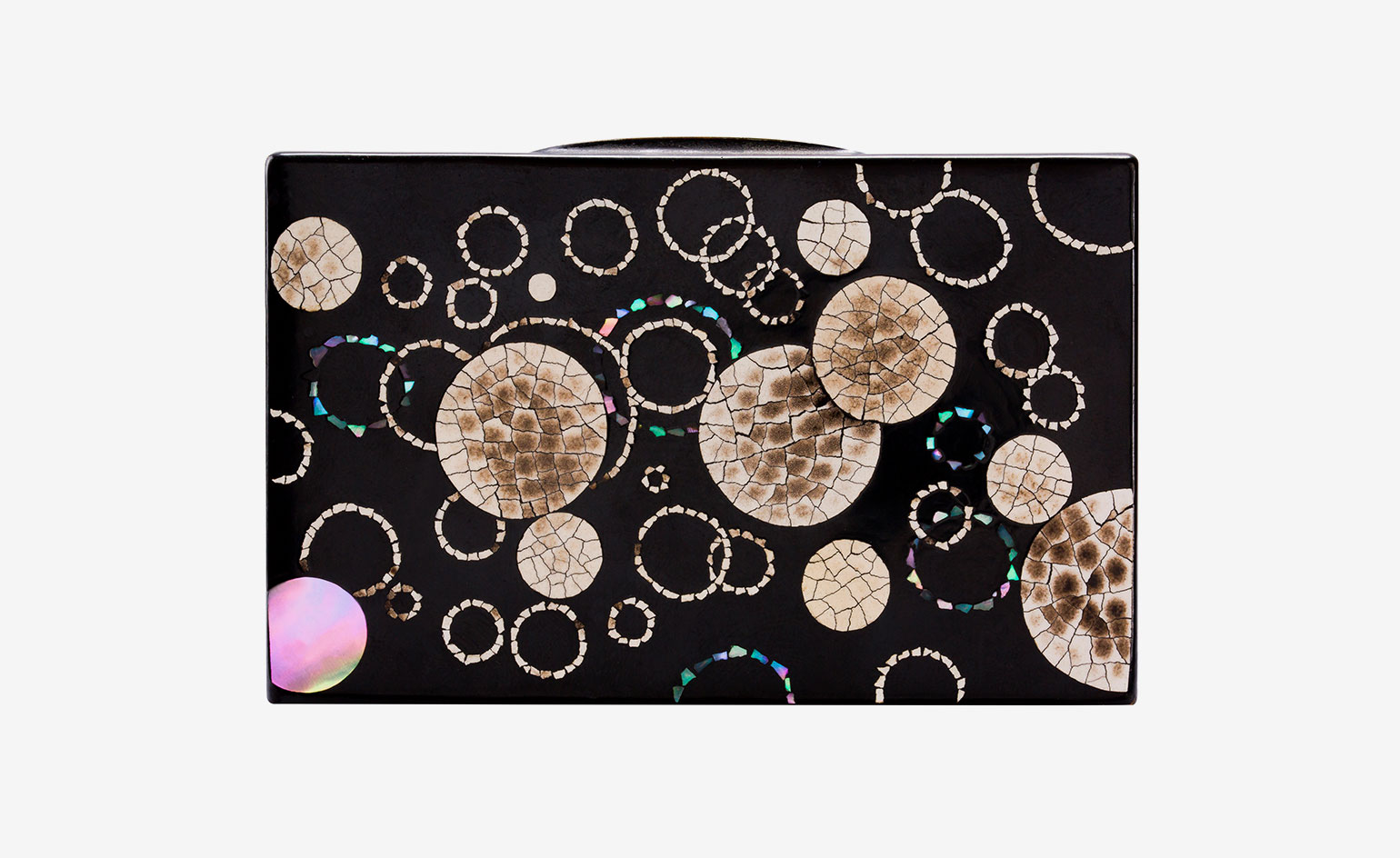
‘I collect these little boxes decorated with crushed eggshells from the 1930s and 1940s. I was thrilled and fascinated when I first saw them.’ – AB
Lacquered metal compact inlaid with mother-of-pearl and eggshell, the reverse entirely inlaid with eggshell, circa 1925, by Jean Dunand
Receive our daily digest of inspiration, escapism and design stories from around the world direct to your inbox.

‘It takes unbelievable energy to carefully crush the shell then stick the tiny pieces one by one to create a pattern. The materials are poor but they are executed with great taste.’ – AB
Eggshell circular compact in lacquered metal, inlaid with eggshell, mirror-lined on the inside, by Jean Dunand
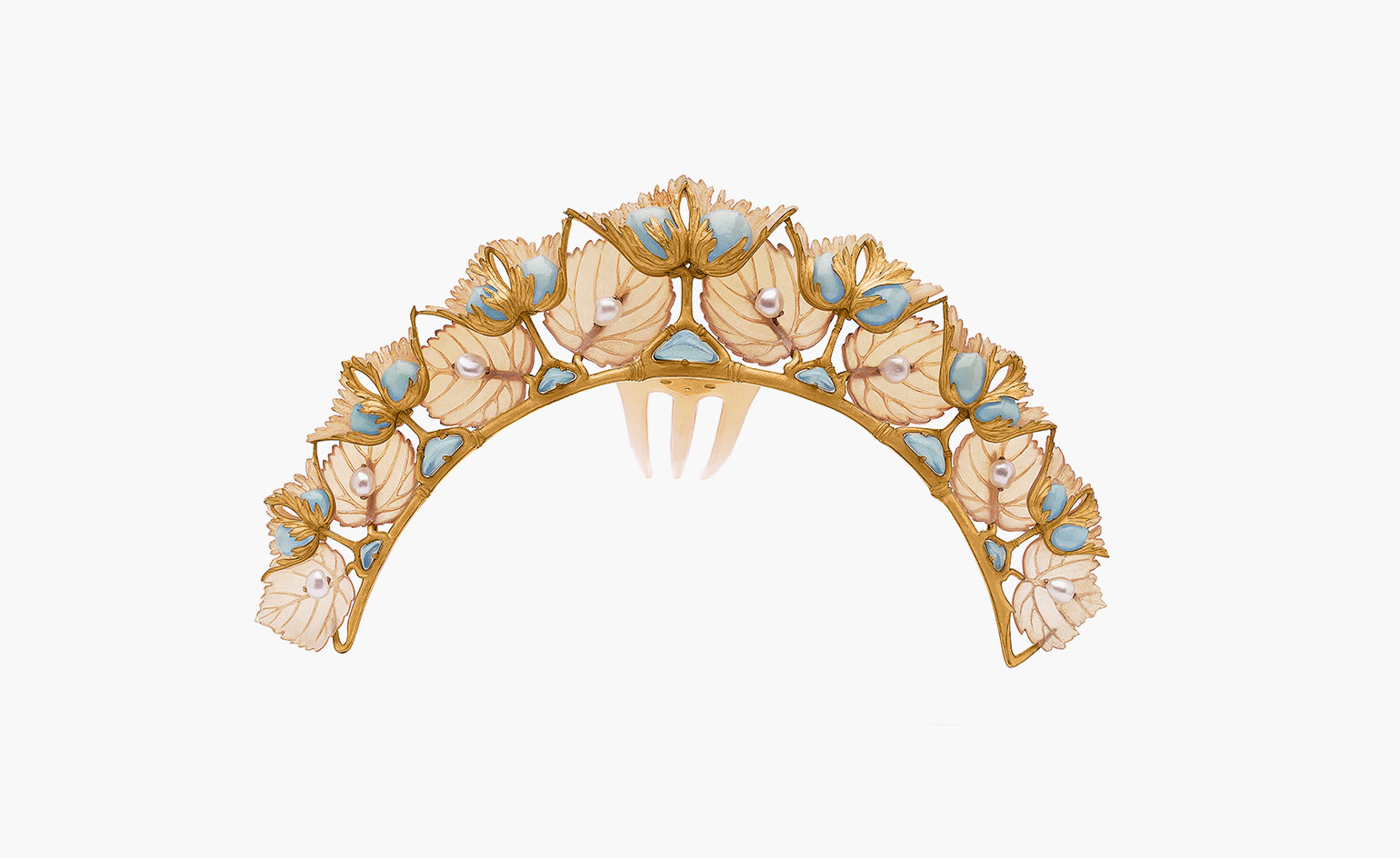
‘I have a decision-making process when I buy. I seek beauty, intricacy and difficulty.’ – AB
Tiara in gold, enamel and pearls, by Lalique. Photography: Maxime Legrand
Caragh McKay is a contributing editor at Wallpaper* and was watches & jewellery director at the magazine between 2011 and 2019. Caragh’s current remit is cross-cultural and her recent stories include the curious tale of how Muhammad Ali met his poetic match in Robert Burns and how a Martin Scorsese Martin film revived a forgotten Osage art.
-
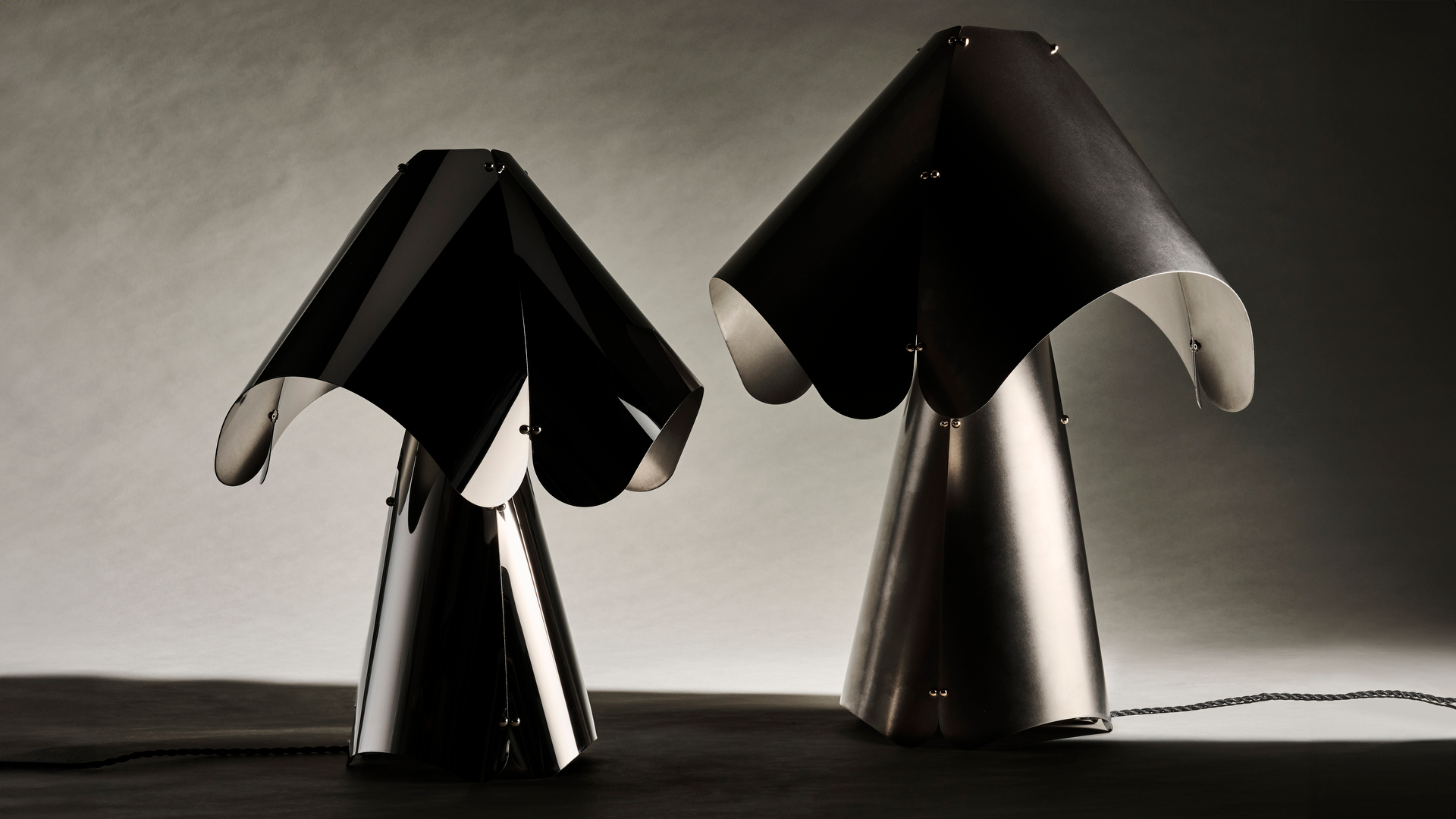 Australian studio Cordon Salon takes an anthropological approach to design
Australian studio Cordon Salon takes an anthropological approach to designWallpaper* Future Icons: hailing from Australia, Cordon Salon is a studio that doesn't fit in a tight definition, working across genres, techniques and materials while exploring the possible futures of craft
-
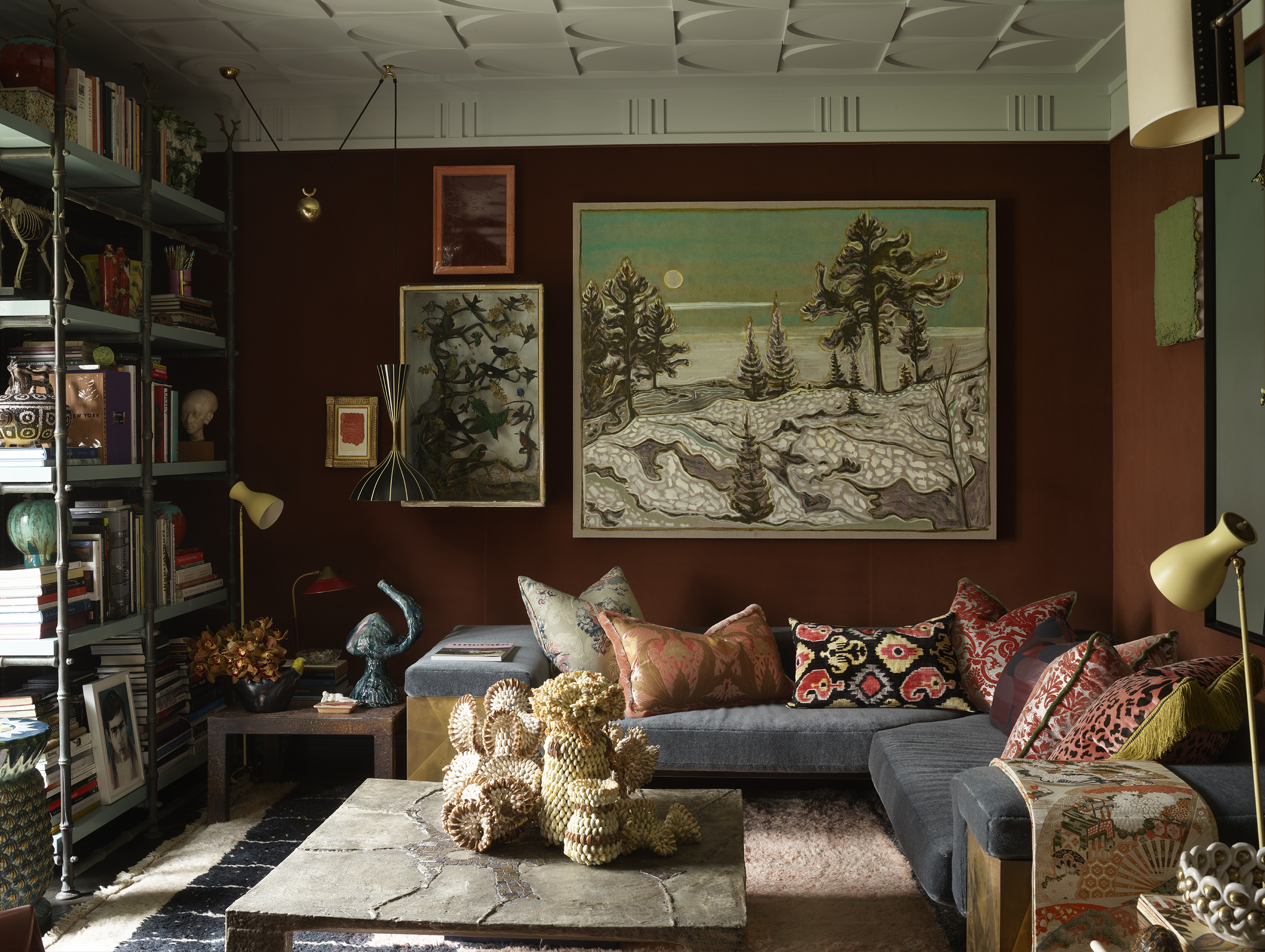 This designer’s Shoreditch apartment is ‘part grotto, part cabinet of curiosities’
This designer’s Shoreditch apartment is ‘part grotto, part cabinet of curiosities’The apartment serves as Hubert Zandberg’s ‘home away from home’, as well as a creative laboratory for his design practice. The result is a layered, eclectic interior infused with his personality
-
 Curvilinear futurism meets subtropical beaches at Not A Hotel’s ZHA-designed Okinawa retreat
Curvilinear futurism meets subtropical beaches at Not A Hotel’s ZHA-designed Okinawa retreatZaha Hadid Architects has revealed the design for the first property in Not A Hotel’s futuristic new Vertex collection, coming soon to southern Japan